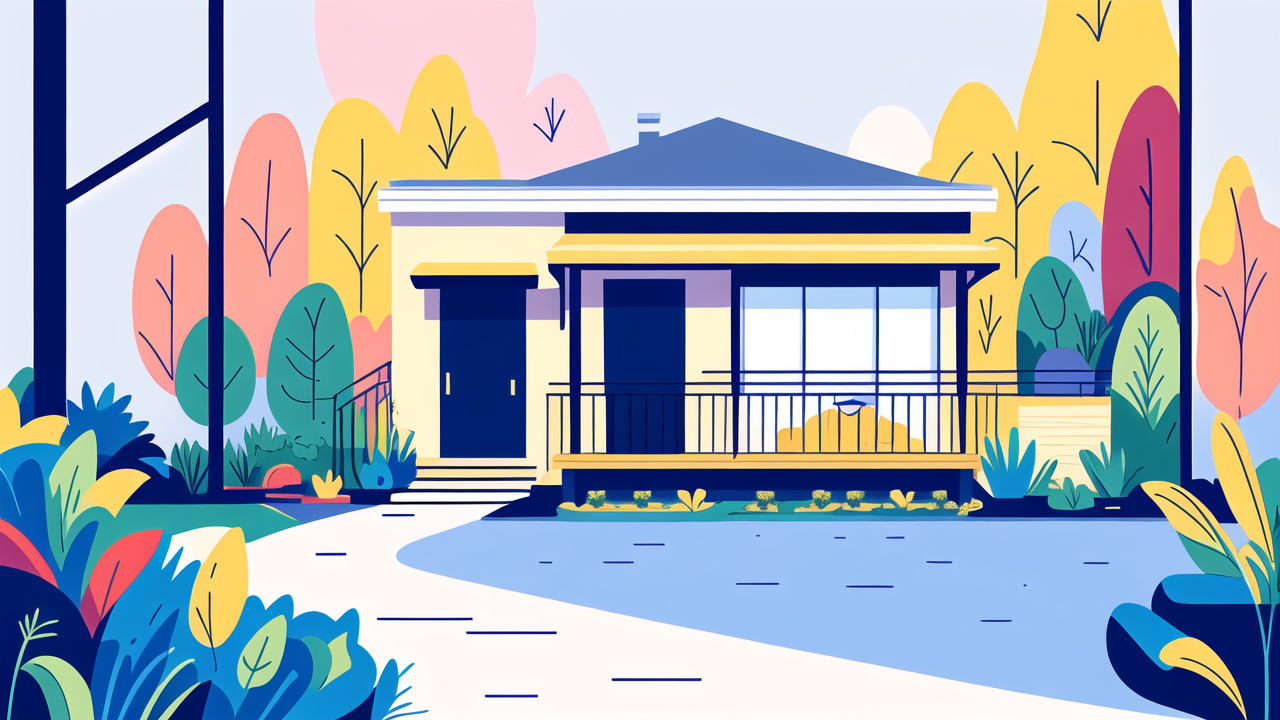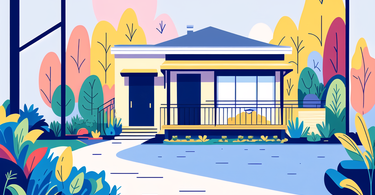Understanding the Appeal of Lattice Tops in Fence Design
Historical Significance of Lattices in Fences
Lattice tops have graced garden fences for centuries. They first appeared in European gardens during the Renaissance. Wealthy estate owners used them to add elegance to their grounds. These early lattices were often made of wood. They featured intricate patterns inspired by nature. Over time, lattice tops became more common. They spread to public parks and smaller homes. By the 19th century, they were a popular choice for many gardens. Lattice tops served both practical and aesthetic purposes. They provided support for climbing plants. They also created a sense of privacy and charm.

Benefits of Choosing Lattice Tops for Your Garden Fence
Lattice tops offer many advantages for your garden fence. They add visual interest to plain fences. The open design allows air and light to pass through. This is great for plants growing near the fence. Lattice tops can increase privacy without blocking views entirely. They're perfect for creating a semi-private outdoor space. These tops are also versatile. You can paint them to match your home or garden style. Lattice tops are lightweight. This makes them easy to install and maintain. They can support climbing plants, adding natural beauty to your fence. Lastly, lattice tops can increase your property value. They give your garden a polished, well-designed look.
Materials and Styles: Selecting the Perfect Lattice Top
When choosing a lattice top, consider the material first. Wood is traditional and easy to customize. It's best for classic or rustic garden styles. Vinyl is low-maintenance and durable. It's ideal for modern or minimalist designs. Metal lattice tops offer strength and a sleek look. They work well in contemporary gardens. The style of lattice is also important. Diamond patterns are classic and versatile. Square patterns give a more modern feel. Diagonal patterns add dynamic visual interest. Some lattice tops have decorative cut-outs or scrollwork. These add extra charm to your fence. Choose a style that complements your home's architecture and garden design.
Step-by-Step Guide to Installing Lattice Tops on Your Fence
Preparing the Fence for Installation
Before installing lattice tops, ensure your fence is ready. Start by inspecting the fence posts. They should be sturdy and securely anchored. If needed, reinforce weak posts with concrete. Clean the fence thoroughly. Remove any dirt, moss, or old paint. Repair any damaged boards or panels. Sand rough areas to create a smooth surface. Apply a weather-resistant sealant to protect the wood. For metal fences, check for rust and treat as needed. Measure the fence carefully. Note the height and width of each section. This will help you choose the right size lattice tops. Gather all necessary tools and materials before starting. This includes the lattice panels, screws, brackets, and a drill.

Securely Attaching the Lattice Tops
To attach lattice tops securely, follow these steps:
- Cut the lattice panels to fit your fence sections.
- Install a horizontal support board along the top of the fence.
- Place the lattice panel on top of the support board.
- Use brackets to attach the lattice to the support board and fence posts.
- Secure the lattice with screws every 12 inches along the top and sides.
- Add a cap board over the top edge of the lattice for a finished look.
- Seal any exposed screw holes or cut edges to prevent moisture damage.
Take your time with each step. Ensure everything is level and secure. For vinyl or metal lattice, follow the manufacturer's specific installation instructions.
Tips for Prolonging the Life of Your Lattice Fence
To keep your lattice fence looking great, follow these maintenance tips:
- Inspect the lattice regularly for damage or loose parts.
- Clean the lattice at least once a year with mild soap and water.
- For wooden lattice, reapply sealant or paint every 2-3 years.
- Trim any climbing plants to prevent overgrowth and damage.
- Check and tighten screws and brackets annually.
- Remove debris that collects in the lattice openings.
- In winter, gently remove snow to prevent weight damage.
- Address any issues promptly to prevent further damage.
With proper care, your lattice fence can last for many years. It will continue to enhance your garden's beauty and value.
Creative Design Ideas for Lattice Tops in Home Gardens
Integrating Lattice Tops with Other Landscaping Features
Lattice tops can seamlessly blend with other garden elements. Try these ideas:

- Use lattice as a backdrop for a garden bench or seating area.
- Create an arbor by extending lattice over a garden path.
- Combine lattice with planters for a vertical garden effect.
- Use lattice to frame a garden view or focal point.
- Integrate lighting into the lattice for evening ambiance.
- Pair lattice with water features for a serene atmosphere.
- Use lattice to divide garden spaces or create outdoor rooms.
- Combine lattice with solid fence panels for varied texture.
These ideas help lattice tops become part of your overall garden design. They create interest and functionality in your outdoor space.
Customizing Lattice Tops for Personalized Spaces
Make your lattice tops unique with these customization ideas:
- Paint lattice in bold colors to match your garden theme.
- Weave ribbons or fabric through the lattice for a festive look.
- Hang decorative elements like wind chimes or sun catchers.
- Attach mirrors to reflect light and create the illusion of space.
- Use the lattice as a trellis for annual vines or climbing roses.
- Create a living wall by attaching small planters to the lattice.
- Add custom cut-outs or designs to wooden lattice panels.
- Incorporate outdoor art pieces into the lattice design.
These personal touches make your lattice fence stand out. They reflect your style and creativity in the garden.
Maintaining Your Lattice Fence for Optimal Growth and Aesthetics
Proper maintenance keeps your lattice fence beautiful. Follow these tips:
- Prune climbing plants regularly to prevent overcrowding.
- Clean the lattice gently to avoid damaging plants or finishes.
- Check for pests or diseases in plants growing on the lattice.
- Repaint or reseal wooden lattice as needed to protect from weather.
- Adjust ties or supports for climbing plants as they grow.
- Remove dead or yellowing leaves from vines on the lattice.
- Fertilize climbing plants according to their specific needs.
- Ensure proper drainage around the base of the lattice fence.
With good care, your lattice fence will remain a stunning feature. It will continue to support healthy plant growth and enhance your garden's beauty.
